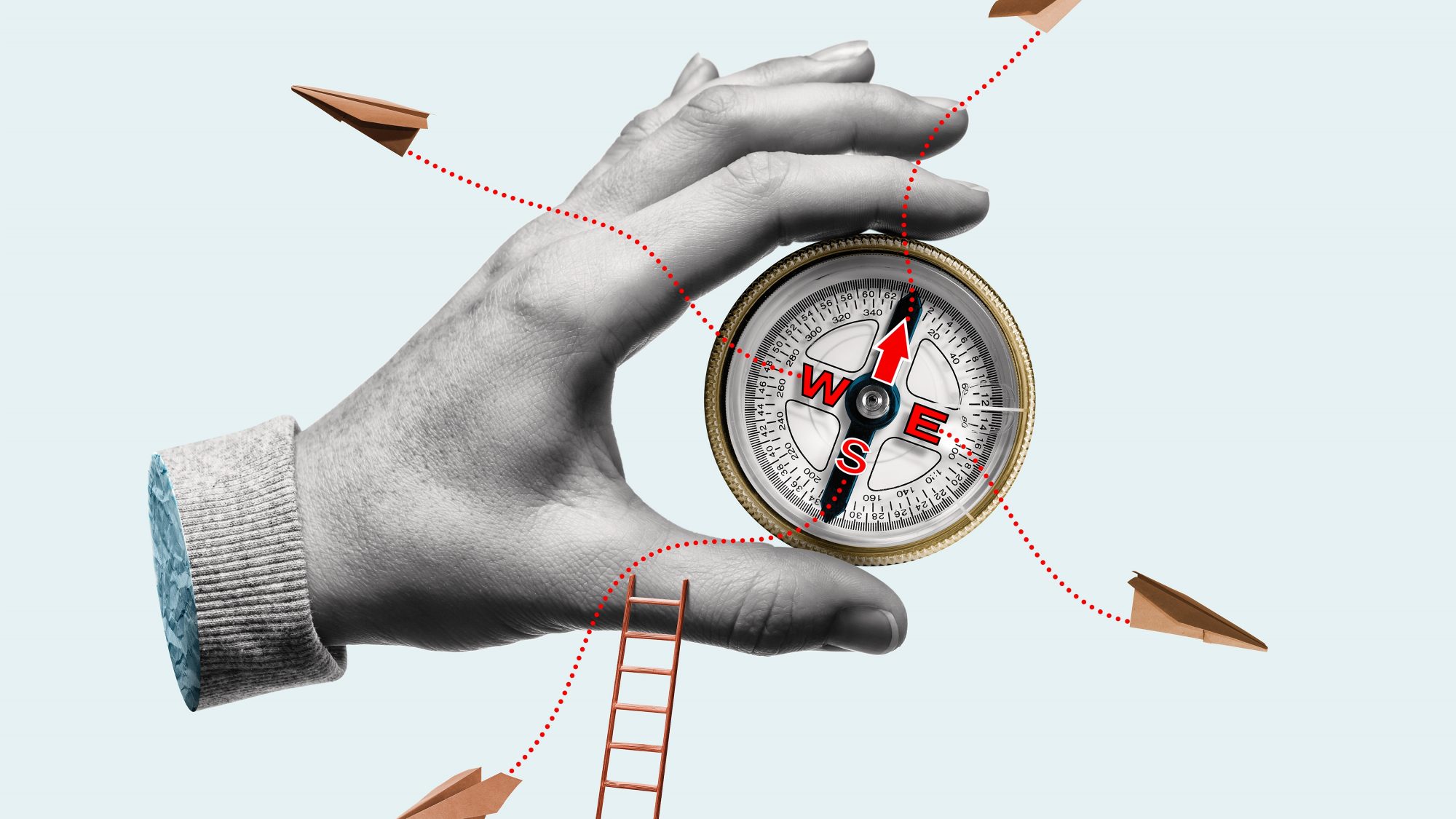1.The Beauty Of Enterprise Risk Management
Like the proverbial blind men defining various parts of an elephant as their own perceived ‘whole’, ERM as a concept is explained in many ways. As the name itself suggests, it has an enterprise-wide all-pervasive connotation. But whether ‘enterprise’ indicates a bottom-Up decentralized and additive one – businesses adding up to make an enterprise – Or a Top-Down centralized one – an enterprise multifurcated into individual business units Or a hybrid approach in which some pockets could be Bottom-Up but few others could be Top-Down.
In my view, the ERM process is a Whole-Body CT scan of all the Businesses of an enterprise that give a holistic glimpse into all the existing and the brewing risk areas in an enterprise. Businesses are vertically located but risks may be intertwined among them. Each business portfolio has pre-defined ‘known risks’ but there could be ‘known unknown risks’ and even ‘unknown risks’. Some risks could be strewn across the cracks but not internalized by the system. There could also be derivative second-order risks generated out of intra-business, inter-business, inter-sectoral and inter-jurisdictional connectedness. Risks generated out of exogenous sources whether related or unrelated to the industry where the enterprise operates could also impact the risk-taking capacity of the enterprise. An ERM architecture does have the wherewithal to get all these types of possible risks monitored on one radar. Hence, ERM is the macrocosm and business units are the microcosm. Individual business risk units are the spokes in the wheels of the cycle called ERM. Both need to co-exist, but the Cycle is the form that ultimately matters.
2. Enterprise Risk Management – As A Tool For Resilience In Financial System
ERM of one organization should take care of the risks around the industry and the whole macro-economic system. Risks have the potential to generate distress and instability inside the enterprise which can be spilt out to other enterprises even while the possibility of catching the distress of others out of their risks always remains. Thus, possible contribution to systemic risk could also be one more risk of an enterprise or sector which ERM architecture should be able to capture.
Thus, one should imagine a NewGen Enterprise Risk Management that would define Risk Management as Smelling, Identifying, Measuring and Monitoring (SIMM) Risk. Each of these sub-activities needs specialized skills and once accomplished can culminate in addressing the resilience. The architecture of ERM should take risk-mitigating initiatives with a vision of not only addressing one-off episodes of distress created out of risks emitted from any point of business but also such steps to prevent future recurrences and ensuring an inherent ability to bounce back to the normal state. So, finding ways to create and boost self-resilience to risks would minimize prone-ness to distress. That is what an ERM system should envisage. This way, the Risk Management process of an organization would remain aligned to incremental potentials of future risks and would be able to nip the possible crashes in the bud.
3. Erm As A Learning Stream To Create FutureGen Risk Managers
FutureGen Risk Managers would, as explained above, need to internalize the changing dynamics of risk monitoring and learn the art of upkeeping the resilience of the enterprise they work for, or the business risk area they get allocated specifically to work at, as also the system both the industry and the overall macroeconomy.
IRM is creating a vast pool of FutureGen Enterprise Risk Managers by way of its qualifications, targeted dissemination of information, risk management strategies and expertise in these new-found dimensions of learning requirements. The examinations are tailor-made with learning inputs keeping in view the requirements of the evolving risk function.
“Become a certified enterprise risk professional. Click here”
Blog Author: Dr Rabi Narayan Mishra – Director, College of Supervisors, Reserve Bank of India (RBI)














